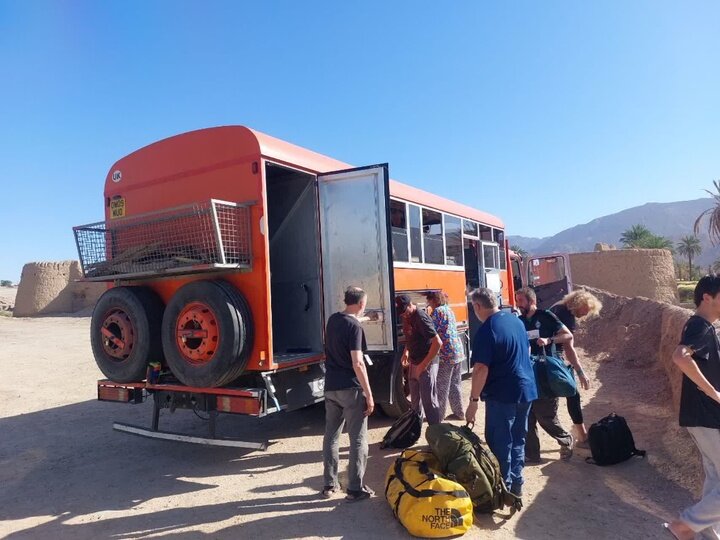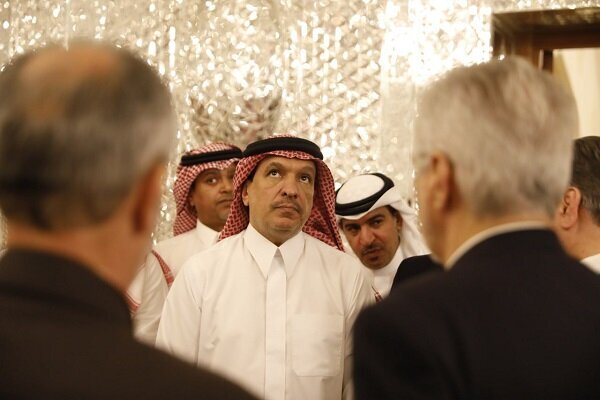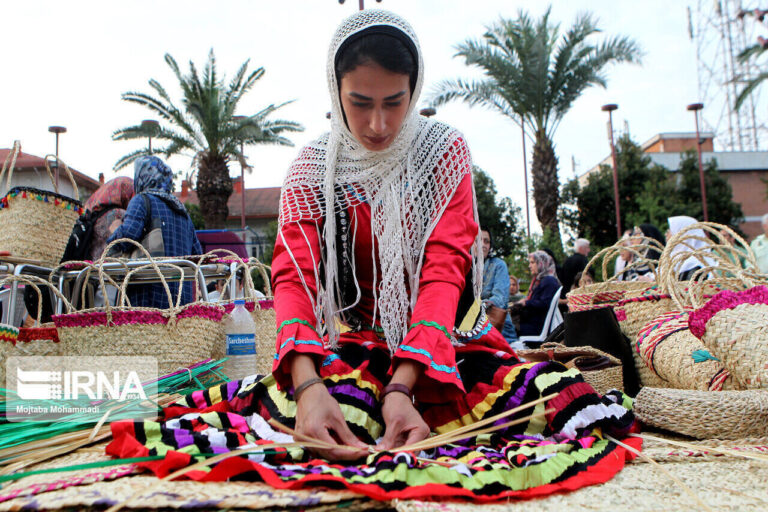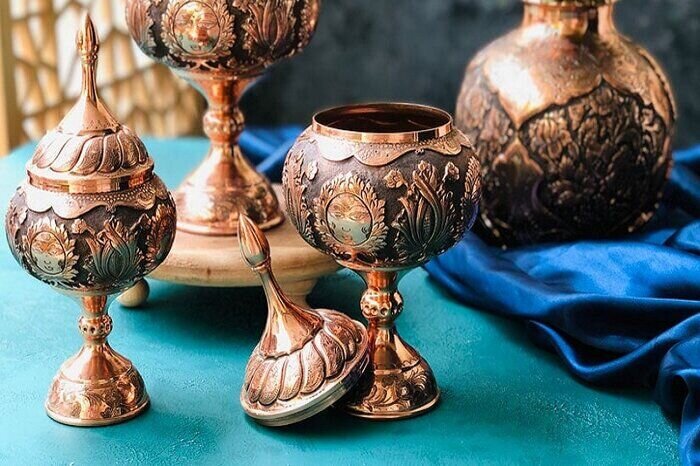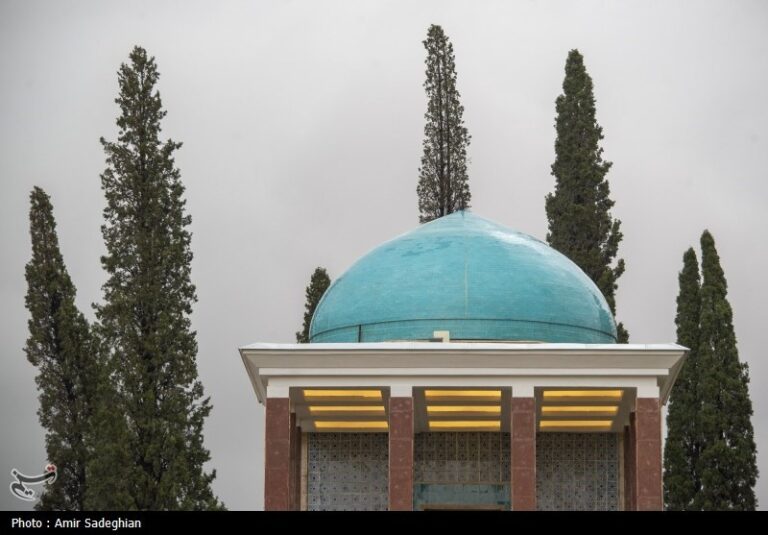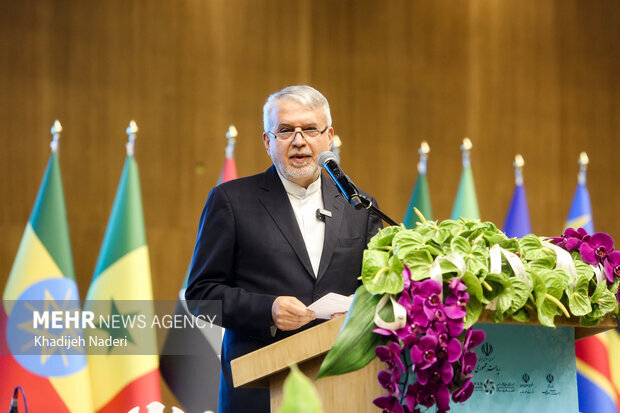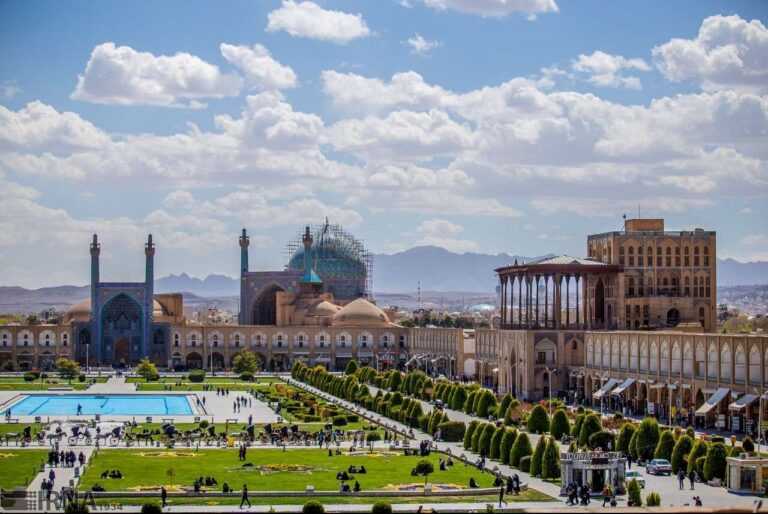Discover Esfahak: The Ultimate International Travel Gem Named Best Tourism Village!
In recent news, the enchanting village of Esfahak in Tabas, South Khorasan province, has emerged as a prominent destination for eco-tourism and cultural heritage, attracting visitors from around the globe. A group of 22 foreign tourists recently spent two nights in this picturesque village, showcasing the growing interest in sustainable travel and local traditions.
According to Mohammad Arab from the Tabas Cultural Heritage, Handicrafts and Tourism Department, these tourists hailed from various countries, including Ireland, the UK, France, Australia, the U.S., China, and South Korea. Their visit on May 3-4 included a tour of the village’s rich cultural offerings, including:
- Traditional handicrafts workshops
- Restoration and bricklaying workshops
- The historical bathhouse
- The iconic brick arch
Esfahak village was honored as one of the Best Tourism Villages by UN Tourism on November 13, 2024. This recognition highlights its historical significance, with its ancient fabric being registered under the number 2108 on the National Heritage List.
Arab noted that Tabas has evolved into a foreign tourist destination, with 42 international visitors exploring its attractions since March 21, 2025. The village of Esfahak has garnered international acclaim, having been designated one of the Best Tourism Villages for 2024 by UN Tourism.
This accolade marks the remarkable journey of Esfahak, which was once devastated by a catastrophic earthquake in 1978. The village has since transformed into a flourishing cultural and eco-tourism hub that emphasizes sustainability and heritage preservation. Iran’s Minister of Cultural Heritage, Tourism, and Handicrafts, Seyyed Reza Salehi-Amiri, made the announcement of Esfahak’s recognition during the opening ceremony of Iran’s 37th National Handicrafts Exhibition.
“Esfahak’s resilience and dedication to preserving its cultural heritage serve as an inspiration,” stated Salehi-Amiri, commending the village’s progress and its commitment to sustainable tourism.
In the aftermath of the 1978 earthquake, Esfahak was deemed uninhabitable, forcing residents to live in temporary tents. As the community began to rebuild, they constructed makeshift wooden rooms, known as Otagh-e-Choobi (wooden rooms), symbolizing their determination to restore their lives and homes.
Over the years, with a strong commitment to sustainability and cultural preservation, the villagers developed eco-lodges and restored traditional adobe homes using ancient building techniques. This transformation has captured the attention of the tourism sector, earning Esfahak the prestigious Asia Architecture Award for its unique architecture and sustainable practices.
Today, Esfahak attracts tourists from across the globe, captivated by its charming adobe structures and its dedication to maintaining local identity and heritage. The village’s inclusion in the Best Tourism Villages initiative underscores its emphasis on sustainable tourism while preserving natural landscapes, cultural heritage, and indigenous lifestyles.
Since its launch in 2021, the initiative has focused on promoting sustainable tourism in rural areas, celebrating local gastronomy and values. Esfahak’s recognition is a testament to the villagers’ commitment to revitalizing their heritage and transforming it into a sustainable tourism hub that pays homage to its history while looking forward to a prosperous future.
In recognition of its efforts, Esfahak also received the TO-DO Award in 2020, presented annually by the German Institute for Tourism and Development, further solidifying its status as a model for sustainable tourism.
As more travelers seek authentic experiences and sustainable destinations, Esfahak stands out as a beacon of resilience and cultural richness. Its journey from destruction to a thriving tourist destination illustrates the power of community spirit and the importance of preserving cultural heritage in an ever-changing world.
